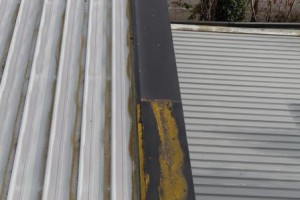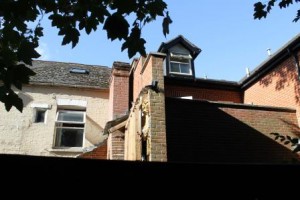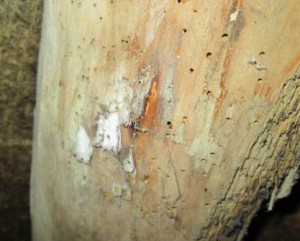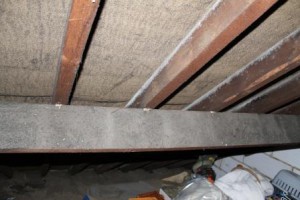 The latest RICS Residential Survey has revealed the following regarding the UK housing market:
The latest RICS Residential Survey has revealed the following regarding the UK housing market:
There is an increasingly mixed picture across the UK housing market, according to the August 2017, UK Residential Market Survey. Although the headline level shows a return to growth, sentiment is less positive in prime central London and to a lesser extent the wider South East, alongside the North and East Anglia.
UK Housing Market: survey in brief
- Mixed regional picture, with negative trend in prime central London in particular.
- Solid growth in many regions, including Northern Ireland, North West, South West and Scotland.
- National sales have not seen any growth since November 2016.
RICS press release issued: 14 September 2017. Visit Rics.org for further information.
RMA Surveyors are members of, registered with and regulated by the Royal Institution of Chartered Surveyors (RICS) to ensure we maintain high professional standards. If you are looking for professional advise regarding building surveys, party wall matters or dilapidations, contact RMA Surveyors on 01635 579 208 or complete the enquiry form.









